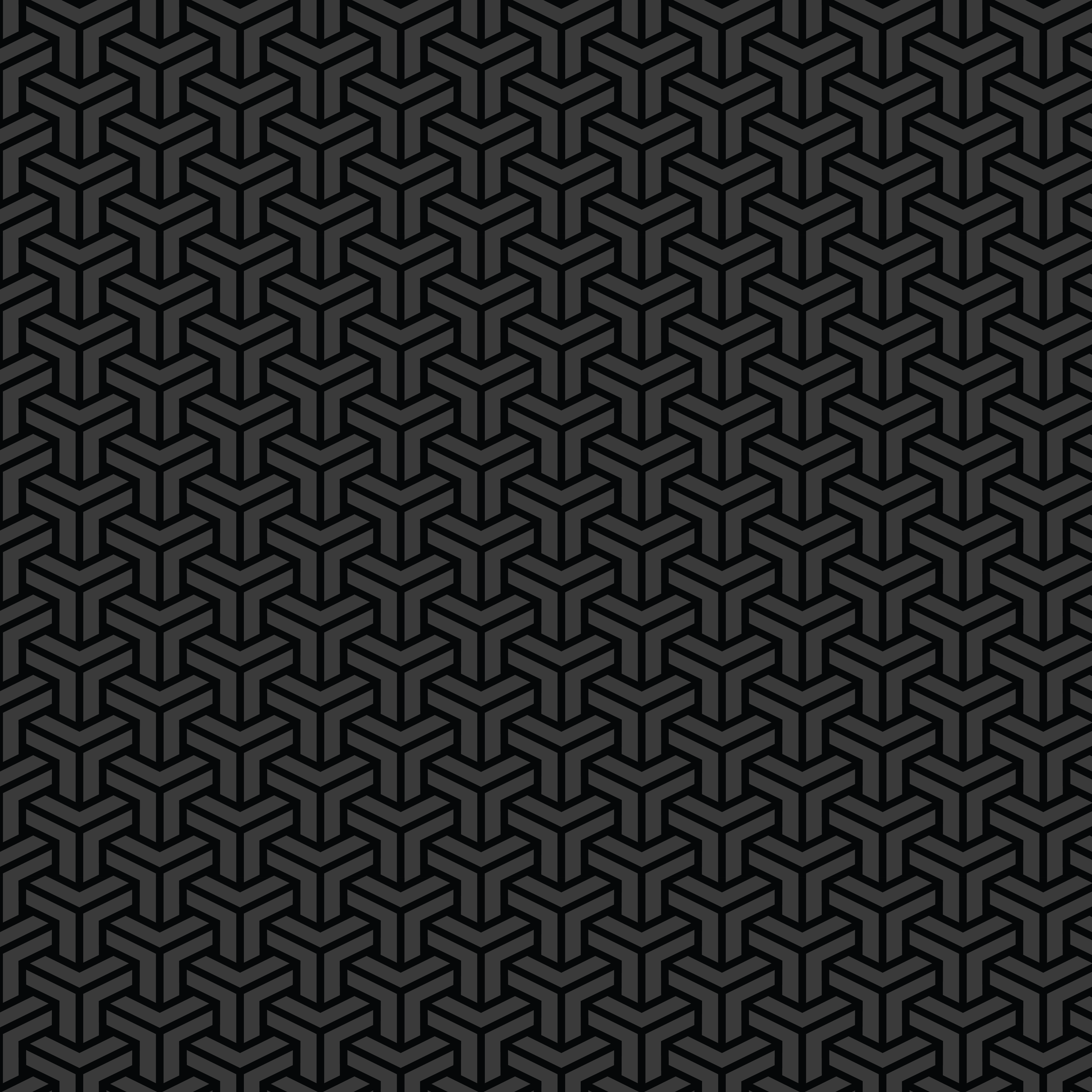
Introducing Our New Brand, Fortress Consulting Group Interactive
Fortress Consulting Group is proud to announce a new addition to our family, Fortress Interactive! Fortress Consulting Group brings innovative digital media and creative advertising

Fortress Consulting Group is proud to announce a new addition to our family, Fortress Interactive! Fortress Consulting Group brings innovative digital media and creative advertising

Your website launched and has been up and running for a while now. When checking your website stats, you realize people leave your site

If you’re looking to create a website for your personal or professional life, you know there are several options out there to build your

Web design is a crucial part of the website creation process. With the rise of mobile and tablet devices accessing the internet more than

You want your website to stand out. You want consumers to visit your site over your competitor’s. You want to grow your business. You’re not

If your business depends on web traffic, you need to know this: Majority of online traffic comes from mobile devices and mobile apps. That. Is.

Fortress Consulting Group President Joel Mathew always knew he wanted to start a business from a very early age. With a degree in operations

So you want to display a striking image on your company’s homepage that really catches the viewer’s attention, but don’t know where to begin. Let’s
Fortress is a fast-growing digital marketing and branding agency headquartered in Chicago that has worked with clients ranging from global corporations like Nike, Jordan, All-State, Acura, athletes, and celebrities like Kevin Hart, Steph Curry, prestigious universities, startups, and everyone in between. We believe in putting family first, being team players, staying humble, and being obsessed with our clients’ success. We provide a unique and energetic culture that fosters creativity and camaraderie.
We’re currently seeking a full-time Senior Designer to join the team and work out of our Chicago, IL office. The right person for this position sees the bigger picture while remaining passionate about the details.
You’re knowledgeable and skilled in Web, Branding, large-scale marketing campaigns, and more. You’re a jack of all trades in creative software, but you also have a passion for design beyond the screen. You understand that great design is in the nuance—that subtle cultural references should be woven into the things you create and every project should be approached with the end-user at the center of it. You love working on a team with diverse perspectives and you’re willing to learn from as well as build up those around you. At the core, you’re a problem solver with a knack for making things look good.
WHAT YOU’LL DO
WHAT YOU’LL BRING
Job Type: Full-time
Benefits:
Schedule:
Supplemental Pay:
Ability to commute/relocate:
Experience:
Someone from our team will reach out to you about your project soon.